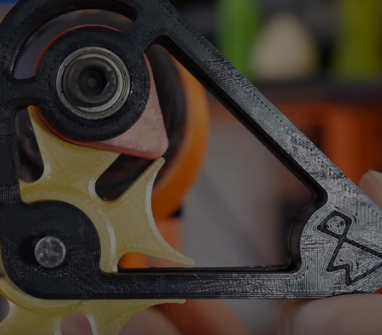
The problem with printing larger prints is that you have to divide the parts when printing and glue them right after. This is even made worse once you realize that the dimensions are all off, therefore, making it difficult for the different parts to be aligned.
You need to be more eagle-eyed with your design in your CAD application. Make sure that you are using the same unit of measurements for all dimensions. You also have to be careful with your measurements, make sure that bolts, screws, and other connectors can fit together.
You should also check your printer as there are several things there that can affect the print accuracy, such as the nozzle height and X and Y dimensions.
Solutions:
When ensuring dimensional accuracy, you need to be meticulous. Not only do you need to check the measurements in your design thoroughly, but you also need to check the parts to make sure that everything is okay.
- Inspect your design: Make sure that the measurement unit is consistent all throughout. You should also check if the screw holes are overscaled for the screws so that it could fit better.
- Up the polygon count: In order to get smoother gradients and better fitting prints, maintain or increase the polygon count.
- Check the nozzle temperature: Lower the nozzle temperature to prevent any unwanted extrusion inside the print’s holes or nuts.
- Observe the rails and belts: Check if they are correctly aligned to get them to run smoothly.
- Print a sample cube: Print out a 3D Print Calibration Cube to see if the X, Y, and Z dimensions of your printer is accurate.

